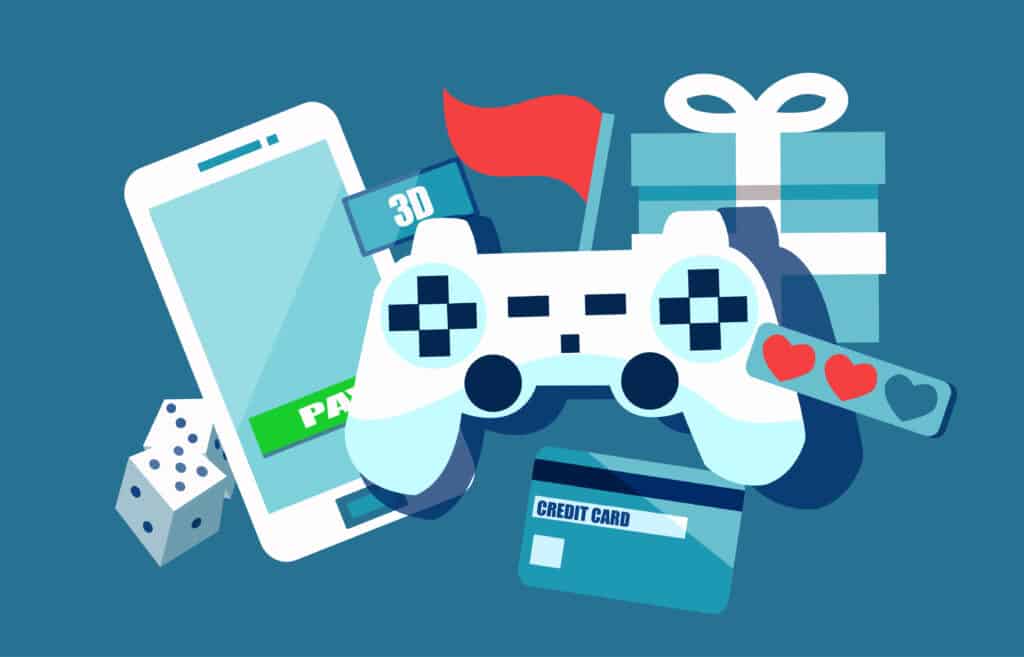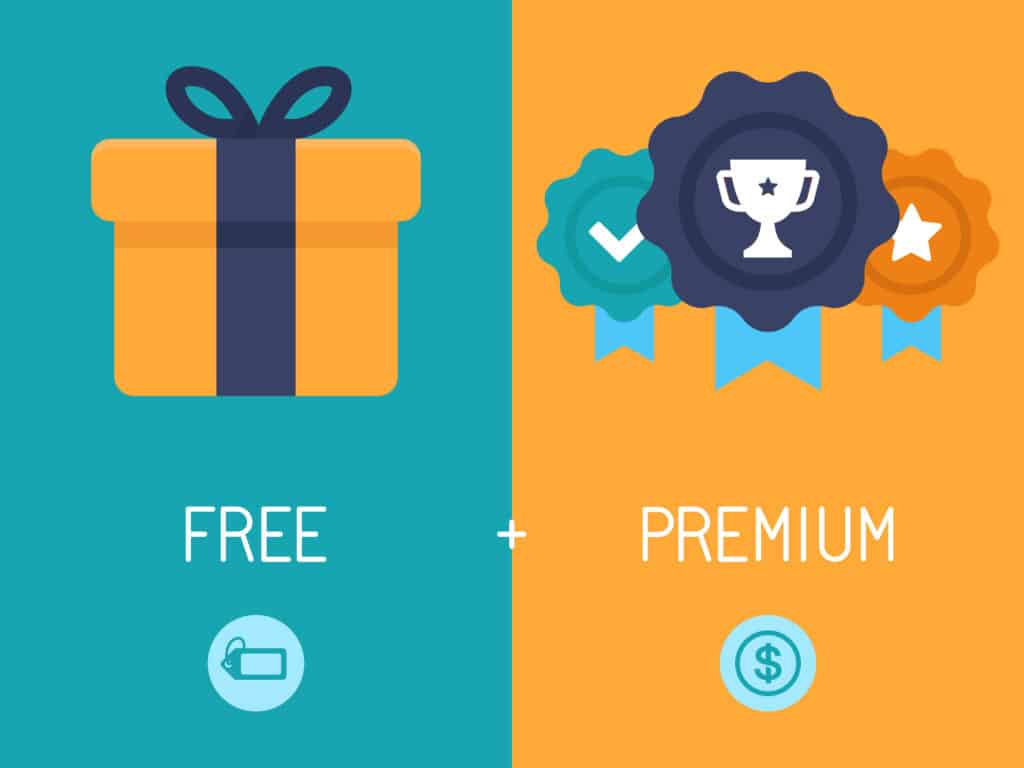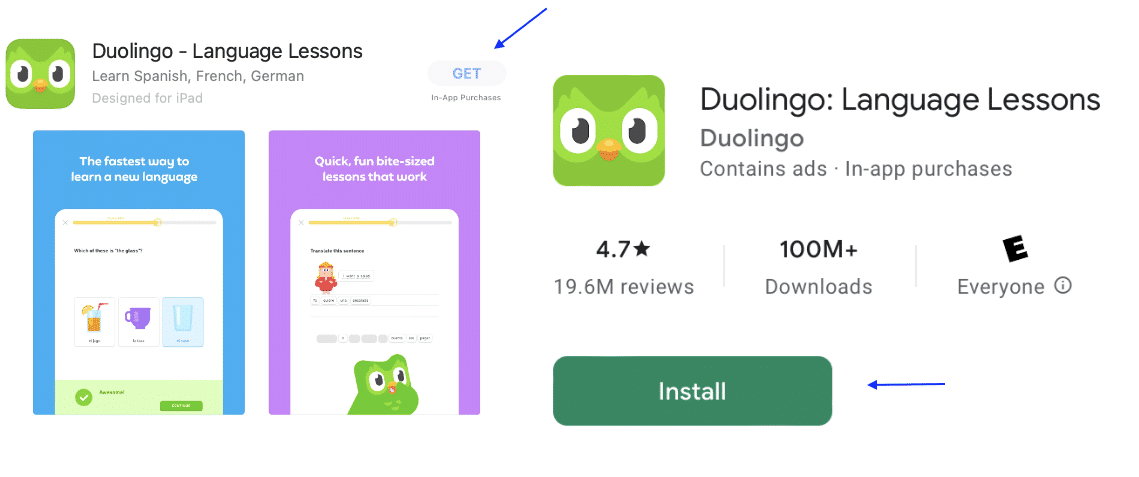During the early years of online shopping, many were hesitant to make purchases for fear of their credit card information being stolen. Today, making purchases online is the norm.
From Amazon Prime to Doordash, chances are you have your credit card information saved to your phone and accounts for easy access. No longer do we have to search for our wallets, or walk all the way across the room to get a card number.
The convenience is unmatched, but there are definitely some downsides to being a click away from a purchase.
In the summer of 2022, a mom sounded the alarm after her 6-year-old son spent over $16,000 in Apple’s App Store. The culprit? In-app purchases.
Read on to learn more about this feature found in many apps, and how to ensure you’re protected from the same fate.

What Does In-App Purchases Mean?
In-app purchases refers to buying something within a mobile app. It’s a feature that has changed the way developers monetize their creations. Some apps offer a service, experience, or tool but then also offer additional features, content, virtual goods, or subscriptions that can be purchased while using the app. These transactions are made using real money and often enhance the user experience or unlock premium content in the app.
Do You Get Charged For In-App Purchases?
Yes, in-app purchases typically involve charges with real money to buy virtual goods or access additional features in an app.

How Do In-App Purchases Work?
There are various ways to make in-app purchases, it all depends on the app. Some apps are free to download, but upon opening it, the user is required to create an account and purchase a subscription.
Other apps are free to download and use a basic version, but offer additional features—often referred to as a freemium model—that the user can upgrade to.
When making an in-app purchase, the user is typically asked to confirm the purchase and then is charged the amount. These charges can be connected to an app store account, such as Apple App Store or Google Play Store, or another payment method linked to the account within the app.
Depending on the device or app, confirming a purchase requires the phone’s passcode, the app store password, a fingerprint, or face ID.
Older mobile devices that use fingerprints to approve a purchase can be problematic. Back in 2016, a child made the news when she used her sleeping mom’s fingerprint to make in-app purchases.
As for using face ID, though rare, stories have circulated of kids who look a lot like a parent being able to trick the device’s face ID. There are even chats online of people claiming to have used a photo to unlock a device with face ID. Apple says this is not possible because their technology uses 3D face mapping. I attempted to unlock my iPhone with a photo and a video, neither of which worked after numerous attempts.
There’s also the possibility that the child could hold up a device prompting a face ID payment to a parent’s face. Once the identity is confirmed (it takes an average of 1.5 seconds to work!) the purchase will go through, whether or not the parent paid attention to what happened.
Upon purchasing, a charge will show up on the user’s bank statement just like any other transaction made at a place of business or online store.

In-App Purchase Examples
Types of in-app purchases can vary widely depending on what the app offers. These purchases are tempting because they enhance the user experience by going beyond what the basic free version offers. Some common examples to be aware of are listed below:
- Game currency: Buying virtual coins, gems, or tokens used to purchase game items, upgrades, or characters.
- Subscriptions: Accessing premium features, content, or services on a recurring payment basis, such as streaming services, or fitness apps.
- Remove ads: Purchasing an ad-free version of the app or the ability to disable ads for a specific period.
- Expansion packs or DLCs (downloadable content): Accessing additional content, missions, or functionalities within a game.
- Extra lives or power-ups: Buying additional lives, energy, or power-ups in a game.
Virtual goods: Purchasing virtual items in a game like outfits, skins, accessories, or tools for characters or avatars.
How do you know if an app is free?
In most app stores, there’s a label indicating if an app is free, and if it contains in-app purchases.
Looking at an app in the Apple App Store for example, will either show a “Get” button, or a button with the price for the app. Small writing below these buttons identify those that have in-app purchases within the app.
Free apps on the Google Play Store are identified by having an “Install” button.

How To Protect Yourself From In-App Purchases
Although there are laws protecting consumers from unauthorized charges on their bank accounts, it can be unclear if those laws apply when those purchases are made by a child. There are stories of parents being on the hook for the bill, and others where some of the charges were reversed.
Instead of hoping for understanding and leniency from companies in the event of unauthorized charges, it’s easier to prevent them from even happening.
Many of us have experienced a moment of desperation where we hand over our own devices to offer a bit of a distraction to a child. Even if it’s a rare occurrence, kids can take that as an invitation to play on our devices whenever they want. Make sure devices are password protected to deter kids from accessing it without permission
Protecting against in-app purchases with kid-safe devices
Gabb Watch 3 and Gabb Phone don’t allow any apps with in-app purchases. By guiding kids through tech in steps, we set them up for success when they are finally ready for a more advanced device like Gabb Phone 3 Pro.
In addition to essential apps, Gabb Phone 3 Pro allows for Gabb-reviewed, parent-approved 3rd-party apps to be installed on the device, some of which do allow in-app purchases. Our App Guide clearly identifies which apps contain this option so you can be fully aware before adding it to your child’s phone.
Protecting against in-app purchases with other devices
For other devices, there are a few measures parents can take to significantly reduce the chances of kids making in-app purchases.
Turn off in-app purchases.
- iPhone: Settings > Screen Time > Content & Privacy Restrictions > iTunes & App Store Purchases > In-app Purchases > Don’t Allow.
- Android: Google Play Store app > Profile icon > Settings > Authentication > Require authentication for purchases > For all purchases through Google Play on this device.
Check apps that are currently installed on the device. Some apps have their own settings to prevent purchases.
Regularly review purchase history on your app store account to ensure there are no unauthorized transactions or subscriptions. Doing this will also help keep track of any free trials that may be expiring soon, which if not canceled usually leads to an automatic purchase renewal.
Most importantly, talk to your child about in-app purchases and the importance of not making purchases without a parent’s permission. Teaching them financial literacy will help them make smarter decisions concerning money.
We’re curious, have you had an experience with a child making unauthorized in-app purchases? Did you have to pay for it? Did you get money back? Let us know in the comments.








Success!
Your comment has been submitted for review! We will notify you when it has been approved and posted!
Thank you!